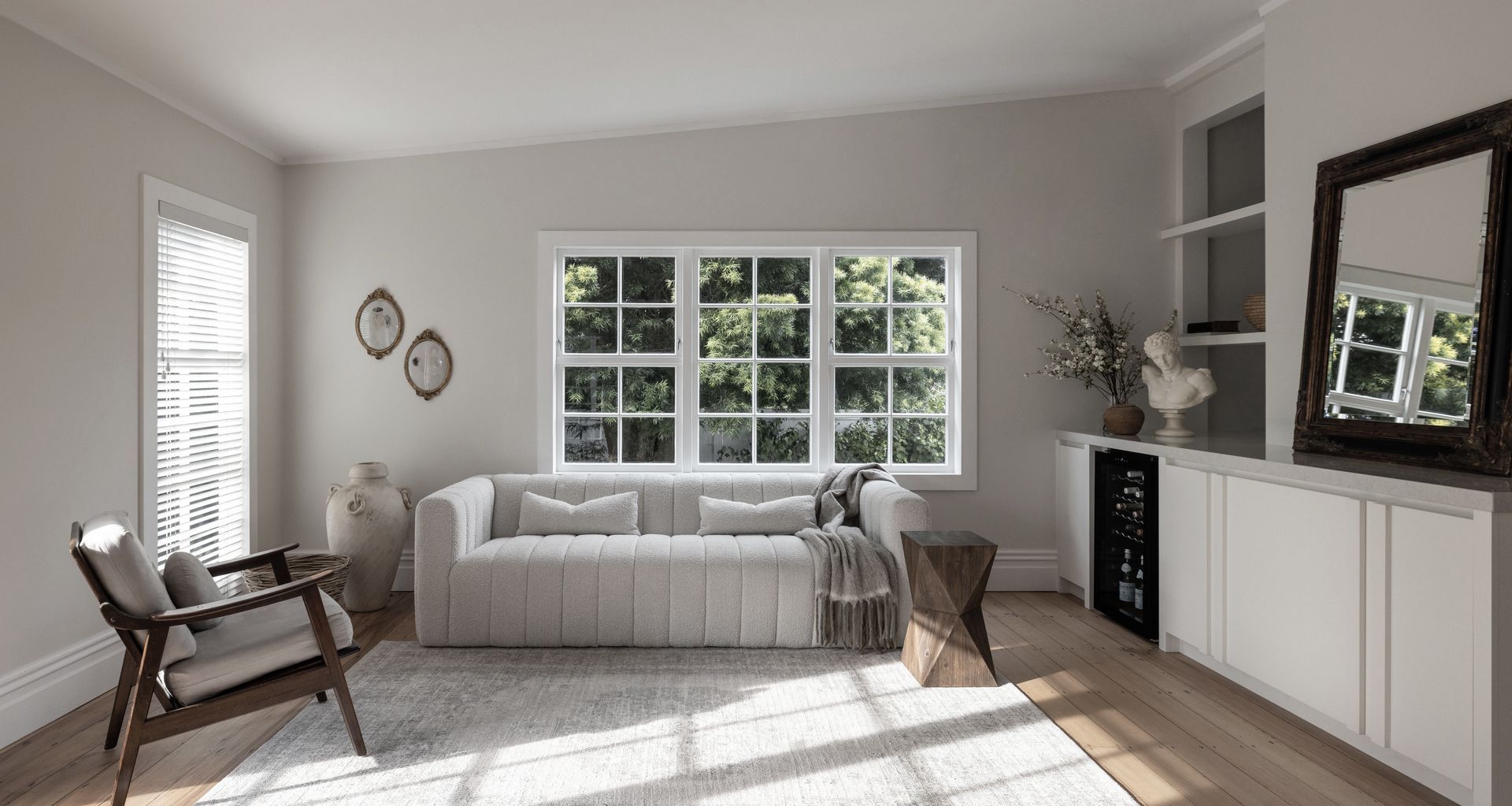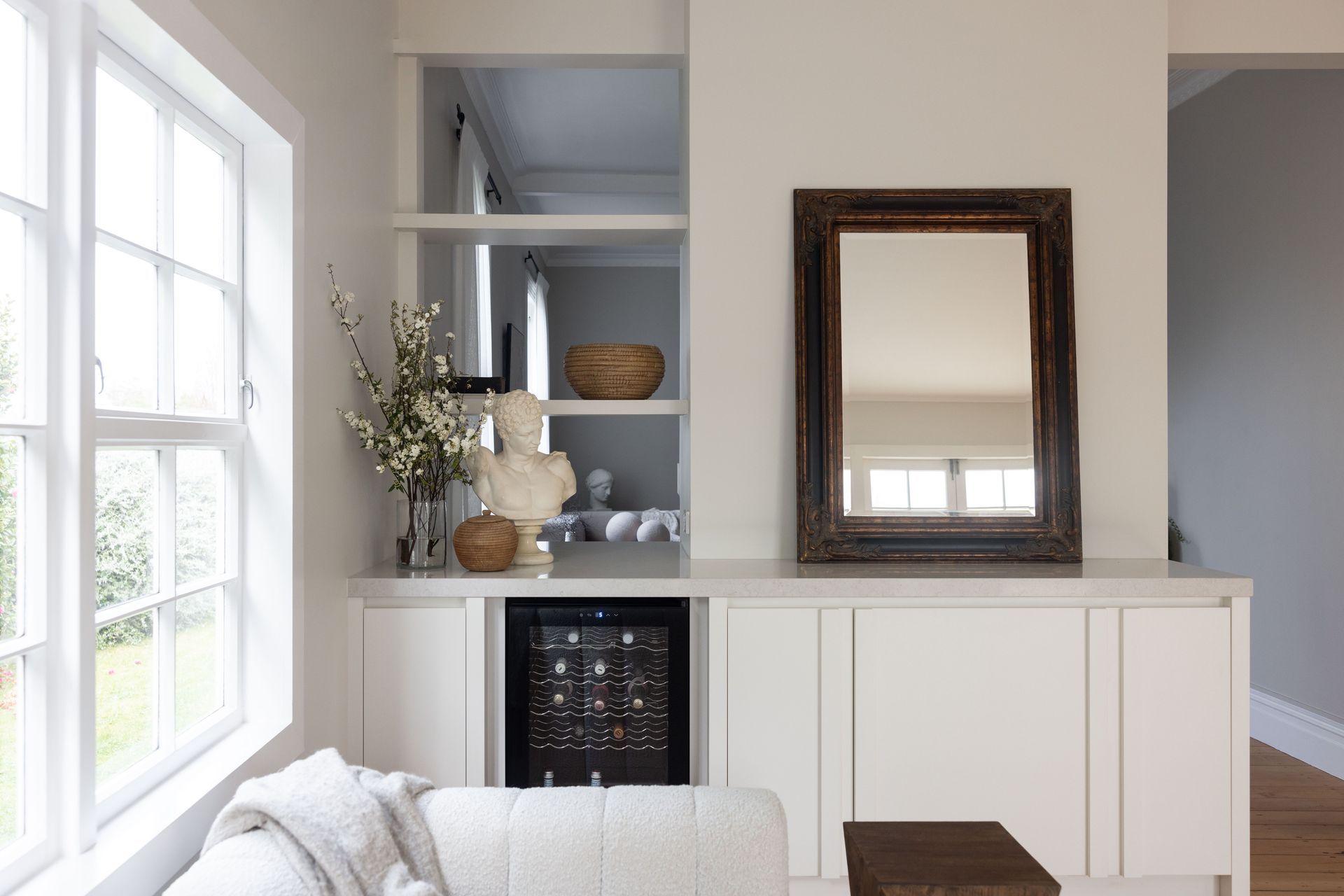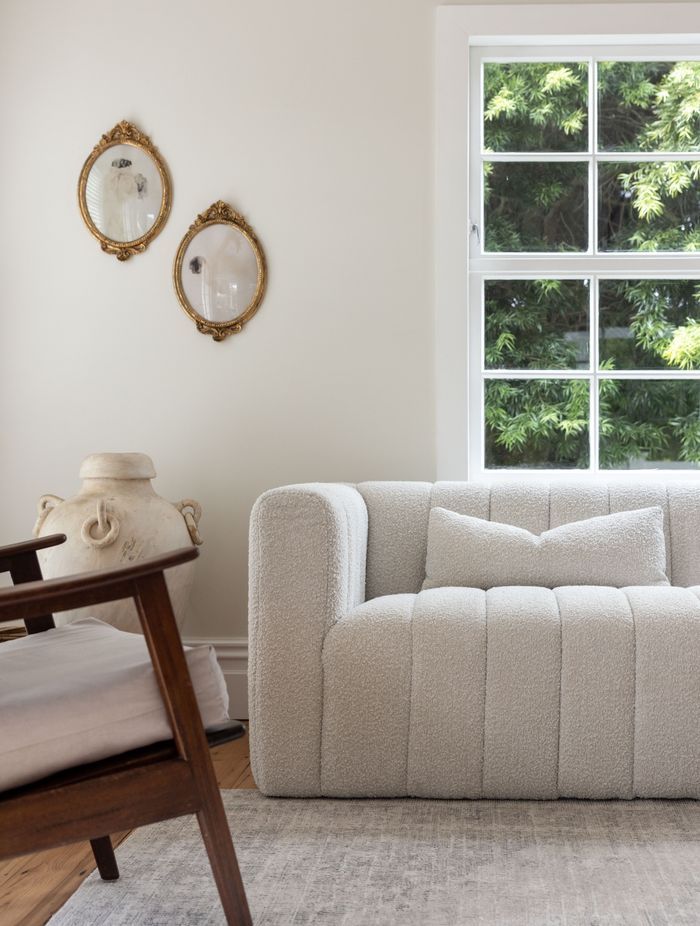Rules of design: how kitchens reflect our personalities
Written by
10 August 2022
•
4 min read

Over the years, Michael Murray has been surprised to find similarities between fashion design and kitchen design. He studied a three-year degree in fashion, ultimately deciding to pursue another path – but he has never strayed from creativity.
“I didn’t really notice at the time, but now looking back I feel like my fashion degree was heavily influenced by interiors. I was drawn to a lot of heavier jacquards, quilted silk and natural linen, which are obviously more suited to furnishing. I was focused on creating structured, oversized and unique silhouettes,” shares Michael.

I didn’t really notice at the time, but now looking back I feel like my fashion degree was heavily influenced by interiors.
Deciding to part ways with the industry after his degree, Michael then focused on his other passion – mid-century and vintage furniture.
“I started a little side business that involved finding, refurbishing, reupholstering and selling mid-century furniture. I believe it was a really inspiring starting point into the interiors industry,” he says. It was also something that helped define his style as a kitchen designer – always seeing how older pieces can be incorporated into a new design.

“I was really fortunate to start my kitchen design career at a kitchen studio in Hamilton. They offered me the role without any previous experience, so I felt incredibly grateful for the opportunity. I learnt a lot of the foundation principles of kitchen design and then proceeded to start my kitchen design diploma.”
Since then, Michael has launched his own practice, Michael Murray Studio, and has been a frequent recipient of the National Kitchen and Bathroom Association’s (NKBA) Excellence in Design award.
“During my fashion degree, I learnt how to successfully put together a clothing collection that was thoroughly researched and considered. I would constantly think about the colour palettes and how everything needs to have a purpose and back story. On the surface, it could be a fantastic collection or a beautiful design, but look closer and there were so many layers underneath. All were well researched – subtle little details that reference something.”
Often Michael’s designs will reference the history of the home he is working in: “I feel like the house always talks to me. There’s quite an intimate connection with fashion and interiors. Fashion is supposed to make you feel confident and make you feel beautiful and also reflect your personal style – interiors are exactly the same.”
Fashion is supposed to make you feel confident and make you feel beautiful and also reflect your personal style – interiors are exactly the same.

While each kitchen that Michael designs is as unique as the personalities that inhabit them, there are fundamentals that each has – for example, the ‘working triangle’.
“There’s only so many metres that a working triangle can be for it to stay practical. With new builds getting bigger and bigger, you have to think about how that works in spaces of different sizes. There are different zones – the cleaning zone, the cooking zone, and food storage – and the homeowner’s lifestyle can influence the design a lot. Do they have kids, who uses the kitchen, how do they entertain?
“It’s important to ask all of these things at the very beginning of the design. And a lot of the time the clients don’t really know what they want – they’re driven by my direction.”

As Michael says, good designs have many layers, so as well as this he makes sure to embrace those vintage furniture pieces that clients want to integrate into their kitchen design.
“The homeowners that gravitate towards me and want me to do their work are usually people that have that eclectic vibe. They often have vintage pieces, but also want to be able to have a new kitchen with their existing furniture not sitting awkwardly in the space – they want a space where all their pieces will talk to one another.
“My favourite part is definitely blowing a client’s expectations out of the water.”
Words by Cassie Birrer